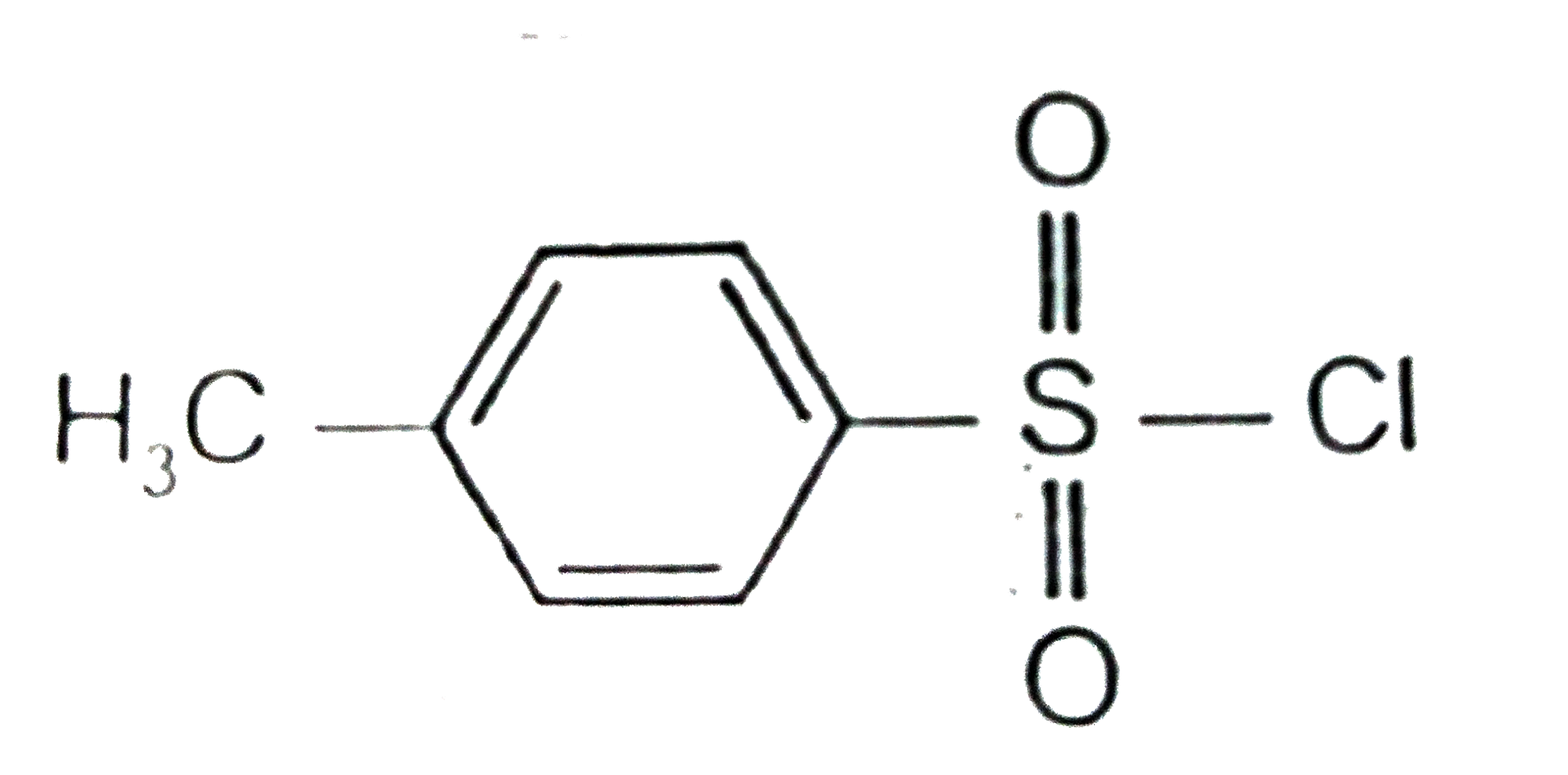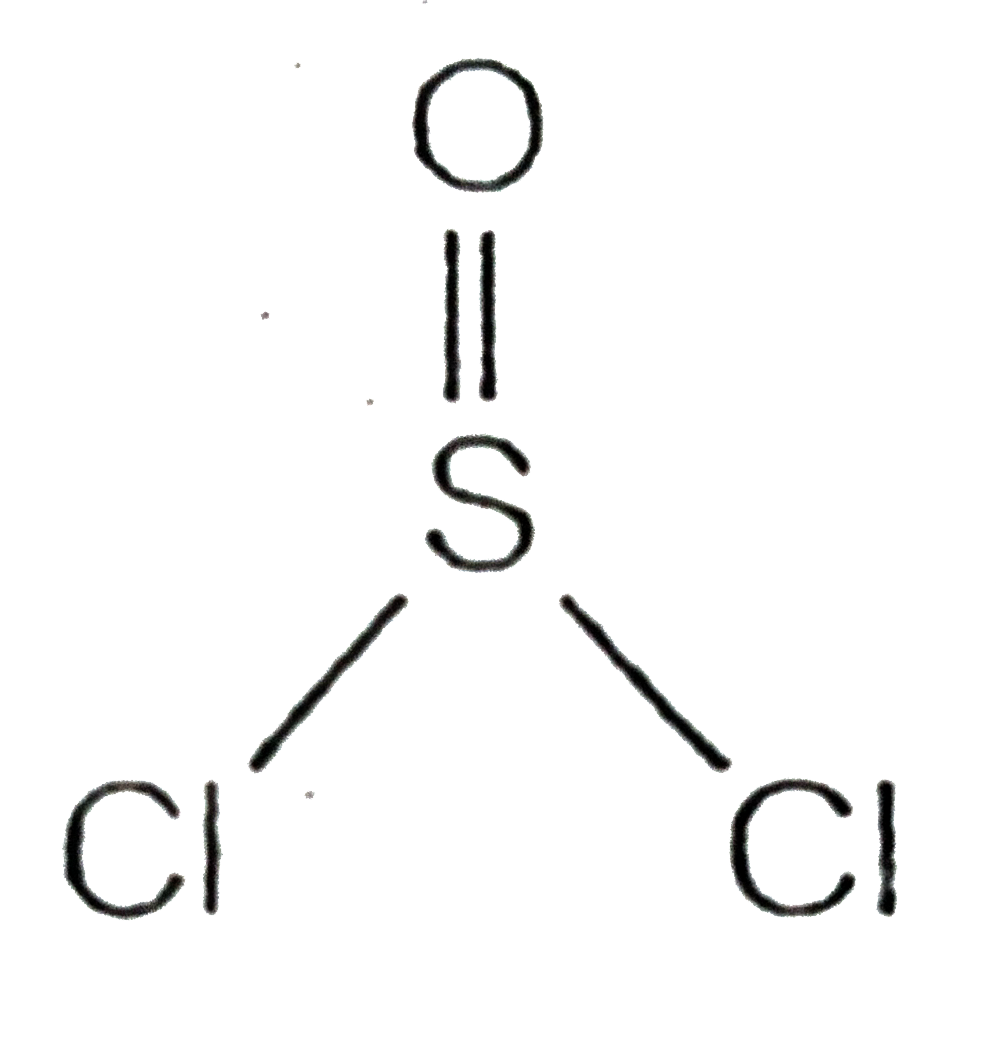Dehydration require an acid catalyst to protonate the hydroxy group of the alcohol and convert and convert it into good leaving group. Loss of water followed by a loss of a proton, given the alkene an equilibrium is established between reactants and products.

Q. To improve the yield of above reaction which of following is correct.
High temperature
Distillation (removal of alkene)
Addition of H2O
Both A and B
The correct Answer is:D
[E' reaction favoured at high T & remval of alkene, Equilibrium reaction, forced in forward direction by removal of alkene, Le-chatlier's principle.
Topper's Solved these Questions
- BOOK - BANSALCHAPTER - ALCOHOL, ETHERS & PHENOL, OXIDATION & REDUCTION EXERCISE - Exercise 328videos
ALCOHOL, ETHERS & PHENOL, OXIDATION & REDUCTION
- BOOK - BANSALCHAPTER - ALCOHOL, ETHERS & PHENOL, OXIDATION & REDUCTION EXERCISE - Exercise 186videos
ALCOHOL, ETHERS & PHENOL, OXIDATION & REDUCTION
- BOOK - BANSALCHAPTER - CARBOXYLIC ACID DERIVATIVESEXERCISE - Exercise 323videos
CARBOXYLIC ACID DERIVATIVES
Similar Questions
Knowledge Check
- Question 1 - Select One
Dehydration require an acid catalyst to protonate the hydroxy group of the alcohol and convert and convert it into good leaving group. Loss of water followed by a loss of a proton, given the alkene an equilibrium is established between reactants and products.

Q.
total number of α-hydrogen in A+B isA13B15C17D19 - Question 2 - Select One
Dehydration require an acid catalyst to protonate the hydroxy group of the alcohol and convert and convert it into good leaving group. Loss of water followed by a loss of a proton, given the alkene an equilibrium is established between reactants and products.

Q. Which alcohol is most reactive towards dehydration of alcohol in acid catalysed reaction.A B
B C
C D
D
- Question 3 - Select One or More
Which of the following convert a primary hydroxyl group into good leaving group for a SN2 reaction ?
A B
B CPCl5DNal (5 molar solution )
CPCl5DNal (5 molar solution )
Alkyl halides undergo elimination when heated with strong base. A concerted reaction in which both the groups to be eliminated, leave silumtaneously is E2 reaction. In another case ionization of alkyl halide takes place losing X− and forms carbocation in the first stage followed by the loss of H+ . this is substituted alkene) and Hofmann (less substituted alkene) are formed depending on the condition of the reaction.
Q. Which of the following is not correct regarding E2 reaction?View SolutionWhich of the following orders regarding the base strength of a leaving group in a reaction of an acid derivative with a nucleophile is correct :
View SolutionAmines are less reactive in substitution reactions. Their reactivity is much lesser than alcohols and alkylflourides towards substitution. Protonation of the amino group makes it a better leaving group, but not nearly as good a leaving group as a protonated alcohol. Protonated amino groups cannot be displaced by OH− because it would react immediately with the acidic hydrogen which would convert it in to a poor nucleophile. The leaving group in quarternary ammonium ion has about the same leaving tendency as a protonated amino group but does not have acidic hydrogen. the reaction of a quarternary ammonium ion with hydroxide ion is known as Hoffmann elimination reaction. The leaving group is tertiary amine. Since a tertiary amine is only a moderately good leaving group, the reaction requires heat. The carbon to hwich the tertiary amine is attached is designated as α carbon. When the hydroxide ion starts to remove a β H form from a quarternary ammonium ion, the leaving group does not immediately start to leave because a tertiary amine is not a good leaving group. As a result, a partial negative charge bulds up on the carbon from which the proton is removed.
Which of the following statements is correct?View SolutionAmines are less reactive in substitution reactions. Their reactivity is much lesser than alcohols and alkylflourides towards substitution. Protonation of the amino group makes it a better leaving group, but not nearly as good a leaving group as a protonated alcohol. Protonated amino groups cannot be displaced by OH− because it would react immediately with the acidic hydrogen which would convert it in to a poor nucleophile. The leaving group in quarternary ammonium ion has about the same leaving tendency as a protonated amino group but does not have acidic hydrogen. the reaction of a quarternary ammonium ion with hydroxide ion is known as Hoffmann elimination reaction. The leaving group is tertiary amine. Since a tertiary amine is only a moderately good leaving group, the reaction requires heat. The carbon to hwich the tertiary amine is attached is designated as α carbon. When the hydroxide ion starts to remove a β H form from a quarternary ammonium ion, the leaving group does not immediately start to leave because a tertiary amine is not a good leaving group. As a result, a partial negative charge bulds up on the carbon from which the proton is removed.
Which of the following compounds when subjected to Hoffmann elimination gives an alkene which can exhibit geometrical isomerism?View SolutionAmines are less reactive in substitution reactions. Their reactivity is much lesser than alcohols and alkylflourides towards substitution. Protonation of the amino group makes it a better leaving group, but not nearly as good a leaving group as a protonated alcohol. Protonated amino groups cannot be displaced by OH− because it would react immediately with the acidic hydrogen which would convert it in to a poor nucleophile. The leaving group in quarternary ammonium ion has about the same leaving tendency as a protonated amino group but does not have acidic hydrogen. the reaction of a quarternary ammonium ion with hydroxide ion is known as Hoffmann elimination reaction. The leaving group is tertiary amine. Since a tertiary amine is only a moderately good leaving group, the reaction requires heat. The carbon to hwich the tertiary amine is attached is designated as α carbon. When the hydroxide ion starts to remove a β H form from a quarternary ammonium ion, the leaving group does not immediately start to leave because a tertiary amine is not a good leaving group. As a result, a partial negative charge bulds up on the carbon from which the proton is removed.
Which of the following statements are true regarding Hoffmann elimination?View Solution

